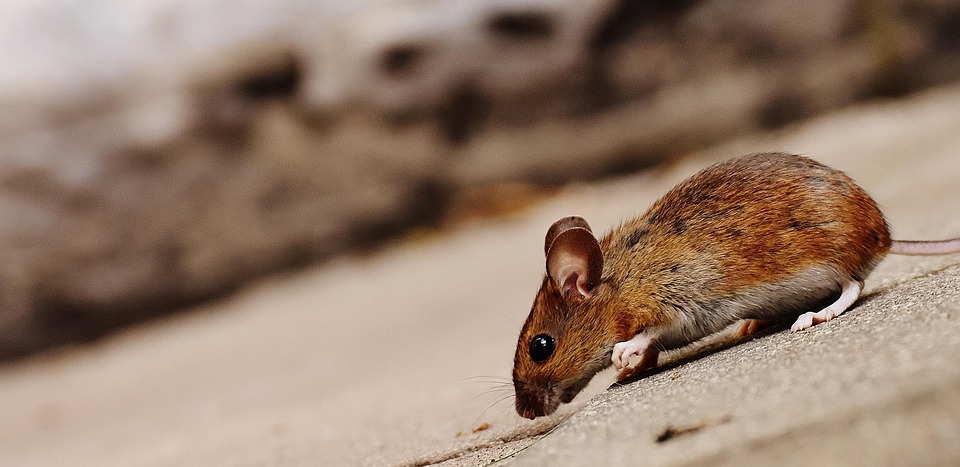Mice, often seen as mere pests in urban environments or charming companions in laboratories and homes, possess a rich tapestry of behavior and communication that is all too frequently overlooked. Behind their small stature and the innocent squeaks lies a complex world of social intricacies and survival strategies that reveal much about their biology and adaptability.
The Vocalization Spectrum: More than Just Squeaks
Though commonly associated with a high-pitched squeak, mice are vocal creatures with a range of sounds that serve various purposes. Researchers have identified several types of vocalizations, including:
-
Ultrasonic Calls: These sounds, often above the range of human hearing, are primarily used for social communication among females, especially during mating. Females emit ultrasonic vocalizations to attract males, signaling readiness for breeding.
-
Distress Calls: Mice produce specific sounds when they are startled or feel threatened. These distress calls indicate danger and can trigger alarm responses among other mice, enhancing their chances of collective survival.
-
Cognitive Emissions: Interestingly, ultrasonic vocalizations may also be linked to the emotional state of the mice. Studies have indicated that the pitch and frequency of these calls can change based on the mouse’s excitement or fear, providing insight into their emotional world.
- Squeaks and Chirps: While famous for their squeaks, mice also squeak and chirp in various melodies. These sounds can signal friendly interactions or establish social hierarchies within colonies.
Non-Vocal Communication: Language Beyond Sound
Mice are not solely reliant on vocalizations to communicate; they also utilize body language and scent marking.
1. Body Language:
Mice communicate through their posture and movement. For instance, a mouse standing upright on its hind legs is often assessing its surroundings or signaling alertness, while a mouse that retreats into a corner displays submission or fear.
2. Scent Marking:
Mice are prolific at using pheromones – chemicals secreted either through urine or skin – to relay information about their identity, reproductive status, and territory boundaries. Mice can recognize individuals through scent, fostering social bonds and avoiding conflicts.
3. Facial Expressions:
Recent studies have suggested that mice display a range of facial expressions, providing cues to their emotional state. Their whiskers, suddenly erect in moments of surprise or curiosity, and other subtle facial movements play a role in their interactions.
Social Structures: The Community Life of Mice
Understanding mouse behavior also involves examining how they organize socially. Mice are inherently social animals, often living in familial groups. Their colonies feature distinct hierarchies and roles, ranging from dominant matriarchs to submissive young individuals.
Grooming Behavior:
Mice engage in grooming as a form of social bonding. Grooming not only helps keep the fur clean but also serves as a stress-reliever, reinforcing relationships within groups and acting as a method of communication.
Play Behavior:
Play is another critical aspect of mouse social life, especially among juveniles. Playful behaviors mimic fighting but are crucial for developing social skills and physical coordination. This system of ‘play fighting’ enhances the ability to react in real threats and strengthens relationships.
Adaptation and Survival: Learning the Environment
Mice exhibit remarkable cognitive abilities that help them adapt to various environments.
-
Foraging Techniques: They can learn where to find food and how to navigate obstacles. Their ability to remember the location of food sources can be crucial for survival in the wild.
-
Learning from Others: Mice demonstrate social learning, often observing and mimicking successful foraging strategies used by other mice. This communal knowledge-sharing can enhance resource efficiency.
- Response to Predators: By observing the reactions of their peers, mice can learn to recognize predators and understand when to flee or hide. This collective vigilance is essential for survival.
Conclusion: The Intriguing World of Mouse Communication
Mice, often dismissed as nuisances or laboratory fixtures, embody a sophisticated world of communication and social behavior. From their varied vocalizations to complex social structures, understanding mice offers insights not only into their lives but also into broader ecological and evolutionary principles.
The next time you hear a mouse squeak or catch a glimpse of one darting across the room, remember: behind every squeak is a story, rich with emotion, social order, and survival instincts. As researchers continue to uncover more about mouse communication and behavior, we deepen our understanding of these remarkable creatures and their place in the natural world.



